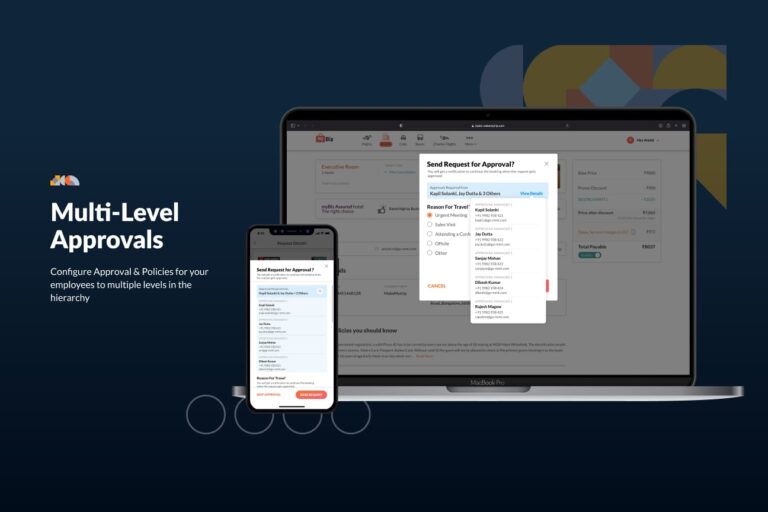
Preparing for a SOC 2 readiness assessment is a crucial step for any organization looking to demonstrate its commitment to data security. SOC 2, developed by the American Institute of Certified Public Accountants (AICPA), directs its efforts on an organization’s controls relevant to security, availability, processing integrity, confidentiality, and privacy. The readiness assessment helps organizations identify gaps in their current controls and practices before undergoing a formal SOC 2 audit.
This process is essential for service organizations, particularly those that manage or store client data. The readiness assessment not only helps identify areas that need improvement but also reduces the risk of failing the actual audit. A well-prepared organization is more likely to have a smooth and successful SOC 2 audit, which can boost customer trust and confidence.
Understanding the SOC 2 Readiness Assessment
A SOC 2 readiness assessment is a pre-audit process that helps organizations evaluate their current state of compliance with SOC 2 requirements. During this assessment, a third-party consultant or internal team reviews the organization’s internal controls, policies, and procedures. The goal is to identify any weaknesses or gaps we must address before the official audit. The readiness assessment covers all Trust Service Criteria relevant to the organization, such as security, availability, processing integrity, confidentiality, and privacy. This method helps a company determine its current position and what steps it needs to take to meet SOC 2 requirements. Conducting a readiness assessment is highly recommended because it provides a roadmap for achieving compliance and helps avoid costly mistakes during the formal audit.
Conducting a Gap Analysis
One of the key steps in preparing for a SOC 2 readiness assessment is conducting a gap analysis. A gap analysis compares the organization’s existing controls against SOC 2 requirements. This helps identify areas that are compliant and those that need improvement. Organizations should assess their current policies, procedures, and practices during this process to ensure they align with the Trust Service Criteria. The gap analysis also involves reviewing technical controls, such as access management and encryption, as well as administrative controls such as security policies and incident response plans. By identifying gaps early, organizations can take corrective actions to address deficiencies and strengthen their overall security posture. A thorough gap analysis is essential for building a solid foundation for the SOC 2 audit.
Developing and Implementing Controls
Once gaps are identified, the next step is to develop and implement the necessary controls to address them. Controls are measures that help protect an organization’s information and ensure compliance with SOC 2 requirements. These controls can be technical, administrative, or physical, depending on the organization’s needs and the Trust Service Criteria being evaluated. For example, technical controls might include multi-factor authentication or data encryption, while administrative controls might involve creating or updating security policies and training employees on best practices. Implementing these controls requires careful planning and coordination across different departments. Documenting all processes and procedures is essential to understanding and auditing them well. Organizations should also regularly test their controls to ensure they are functioning as intended.
Training and Awareness for Employees
Employee training and awareness are critical components of preparing for a SOC 2 readiness assessment. Employees play a vital role in maintaining the security and integrity of an organization’s data. It is important to train them on the organization’s policies and procedures, as well as the specific controls that have been implemented to meet SOC 2 requirements. Training should cover topics such as data handling, password management, incident reporting, and recognizing phishing attempts. Regular training sessions and awareness programs ensure employees understand their responsibilities and equip them to follow best practices. An informed and vigilant workforce reduces the risk of security incidents and helps the organization maintain compliance with SOC 2 standards.
Engaging a Qualified SOC 2 Consultant
Engaging a qualified SOC 2 consultant can greatly enhance an organization’s preparation for a readiness assessment. A consultant brings expertise and experience that can help the organization navigate the complex requirements of SOC 2. They can conduct the gap analysis, provide guidance on implementing controls, and help develop a roadmap for achieving compliance. A consultant can also offer insights into industry best practices and provide recommendations tailored to the organization’s specific needs. While engaging a consultant involves additional costs, it can save time and reduce the risk of failing the SOC 2 audit. Their guidance ensures the organization prepares well and addresses all potential issues before the formal audit begins.
A SOC 2 readiness assessment is a critical step for organizations that want to achieve SOC 2 compliance. By conducting a gap analysis, developing and implementing robust controls, and ensuring employee training and awareness, organizations can better prepare for the formal audit. Hiring a good SOC 2 consultant helps a lot and makes success more likely. Proper preparation not only helps organizations avoid costly mistakes but also enhances their overall security posture.
Achieving SOC 2 compliance demonstrates a commitment to protecting customer data and can help build trust with clients and partners. With careful planning and thorough preparation, organizations can navigate the SOC 2 readiness assessment process with confidence and achieve their compliance goals.
Write and Win: Participate in Creative writing Contest & International Essay Contest and win fabulous prizes.


